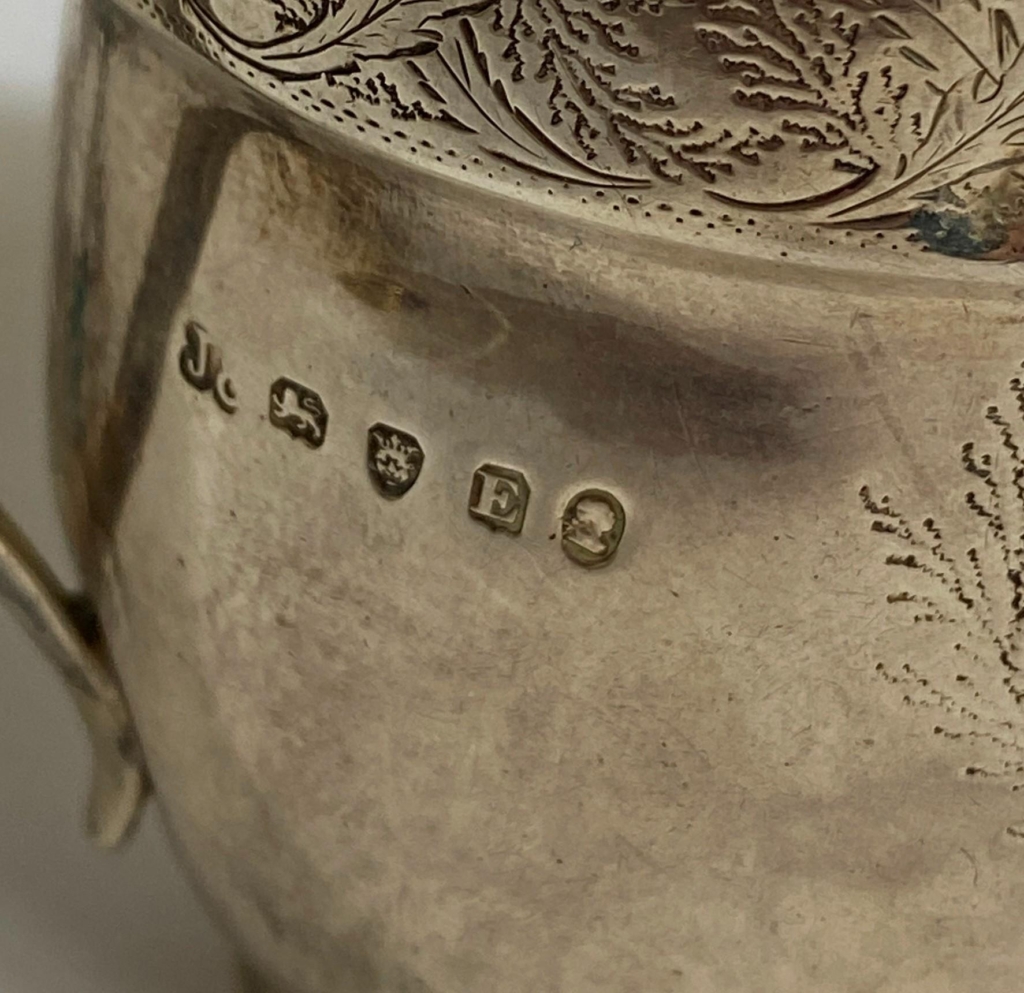Collecting antiques is not simply about owning objects from the past. It is about bringing history into your life, surrounding yourself with stories that have been carried through generations. A hand-carved chair, a silver teapot, or a delicate porcelain vase holds more than beauty. It holds memories of another time.
For a beginner, this world can feel overwhelming. Which antiques are worth seeking? How do you know if something is authentic? How do you care for these treasures so they last for years to come? This guide is designed to give you the confidence to step into antique collecting with knowledge and excitement.

How to Begin Collecting Antiques
Every collector begins with curiosity. The secret is to focus your attention. Instead of buying everything that looks old, choose an area that speaks to you. Perhaps you are drawn to the elegance of Victorian furniture, the charm of vintage jewelry, the richness of handwoven textiles or the nostalgia of old toys.
Starting small allows you to learn as you grow. Visit local fairs, estate sales and antique shops. Talk to dealers, ask questions, and handle pieces with care. The more you see, the sharper your eye will become. For larger events, check the Antiques Trade Gazette fairs calendar.

Identifying Authentic Antiques
The thrill of antique collecting lies in the discovery, but also in the ability to recognize what is real. Authentic antiques carry marks of age and craftsmanship that reproductions cannot mimic. When researching marks and makers, two solid references are Antique Marks and the British Museum Collection database.
- Maker’s marks and hallmarks, often stamped or engraved discreetly
- Craftsmanship such as dovetail joints in wooden furniture or uneven glazes in ceramics
- Signs of natural wear including patina, oxidation, or fading where sunlight once touched
- Materials like solid wood compared to plywood or hand-blown glass compared to molded
 Close-up of antique silver hallmarks | Source: Theodore Bruce Auctions
Close-up of antique silver hallmarks | Source: Theodore Bruce Auctions
Where to Find Antiques
Antiques hide in many places, waiting for a keen eye. Estate sales often reveal family treasures that have never reached the open market. Antique shops and galleries offer curated selections with stories attached. Fairs and shows bring together dealers and collectors, creating vibrant spaces full of opportunity.
Online auctions have opened the world to collectors, offering access to rare pieces from distant regions. Flea markets remain unpredictable, yet they are places where a forgotten object might turn out to be a remarkable discovery. For upcoming sales and archives, browse Sotheby’s results.

Caring for and Restoring Antiques
An antique is both delicate and resilient. It has survived time, but it requires care to survive the future. Each material demands its own approach. For object-specific advice, the Smithsonian’s care guides and V&A conservation advice are excellent resources.
- Wooden furniture should be polished with beeswax, not chemicals
- Textiles such as quilts or rugs should be stored in acid-free boxes, away from harsh light
- Jewelry must be cleaned gently with a soft cloth and kept in separate pouches to avoid scratches
Restoration is a delicate subject. A light cleaning or stabilization is usually safe, but major refinishing can strip away historical and financial value. When in doubt, seek the expertise of a professional restorer.

Decorating with Antiques in Modern Homes
Antiques have the power to transform a home. They bring warmth and individuality into spaces that may otherwise feel impersonal. The secret lies in balance. For inspiration, see examples of mixing eras in Architectural Digest.
- A Victorian mirror above a minimalist console table creates a striking contrast
- A set of antique glass vases can brighten a dining room when filled with fresh flowers
- A collection of old maps framed on a wall adds depth and conversation to any study

Building a Collection that Holds Value
Not every antique is a financial investment, but certain categories consistently attract strong interest. Fine jewelry from renowned makers such as Cartier or Fabergé continues to rise in value. Early American furniture remains highly sought after. Rare books, especially first editions or signed copies, are treasures in their own right. Browse current benchmarks at Christie’s jewelry and Sotheby’s furniture.
Military memorabilia and historical documents often appeal to both collectors and historians. Pieces with clear provenance tend to perform especially well at auction.

Common Mistakes New Collectors Make
- Buying items just because they are old
- Ignoring condition and provenance
- Skipping research on market value
- Attempting DIY restoration on fragile pieces

Frequently Asked Questions
What is the best way to learn about antiques?
Focus on one category, read collector’s guides, and spend time in museums and fairs to see authentic examples.
Are antiques a good investment?
They can be, but only when quality pieces are chosen. Provenance, rarity and condition matter far more than age alone.
How can I tell if an antique is fake?
Look for maker’s marks, study signs of natural wear, and compare with documented references. When in doubt, consult an expert such as the Appraisers Association of America.
Conclusion
Collecting antiques is about more than finding objects for display. It is about connecting with history and giving new life to treasures from the past. By learning to recognize authenticity, care for your antiques and incorporate them into your home, you are not only preserving history but also making it part of your own story.
Ready for your next step? Explore our related guide: Antiques Worth Money: Top 10 Treasures to Seek





